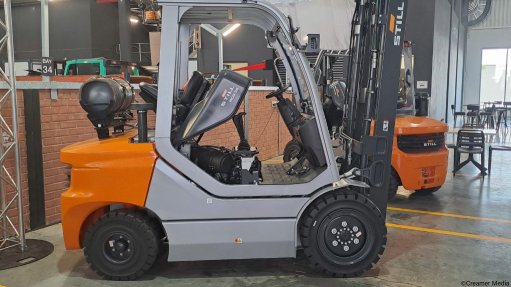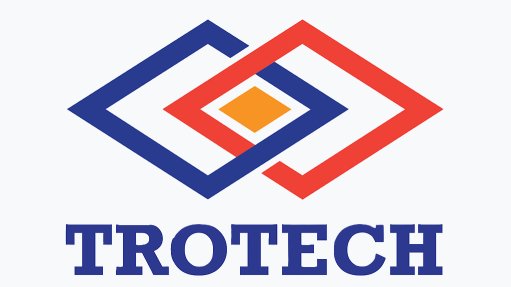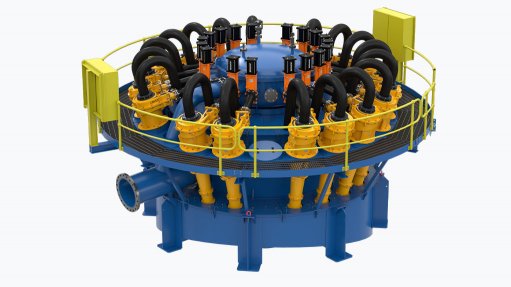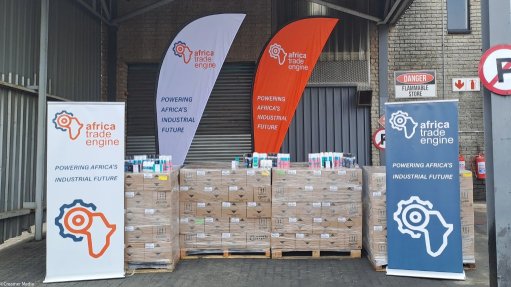Levelling up workplace safety - how gamification is changing the rules of training
This article has been supplied.
By: Ruan Janse van Rensburg - Partner: Corporate Accounts at KBC
In high-risk industries, the difference between theoretical knowledge and practical competence can have life-or-death consequences. Despite the best intentions, traditional safety training often falls short, with curricula either being too generic, too passive, or ultimately unmemorable. However, enter gamification - a shift in training that is redefining how businesses train for safety and, more importantly, live by those principles.
Turning safety into an experience, not a lecture
At its core, gamification in the workplace is about turning passive learning into active experience. It incorporates elements which we see in everyday games, such as challenges, points, competition, and rewards, and applies them to safety training. The results speak for themselves. When employees are actively engaged and feel part of the process, rather than being passive recipients of information, they retain more, respond faster, and contribute meaningfully to a culture of safety.
Immersion breeds retention - the 360-degree advantage
Take, for instance, the innovative use of KBC’s 360-degree hazard identification videos. These immersive simulations take employees and place them inside hyper-realistic training environments where they can explore, assess risks, and make decisions as if they were really on-site. Unlike conventional training modules, these interactive experiences drive both muscle memory and instinctive response. The results from these simulations are impressive. When a real hazard presents itself in the workplace, those who have trained through gamification don’t just recall protocol, they are able to act on it confidently.
Beyond just skill-building, gamified safety training fosters a culture of shared responsibility. Team-based challenges simulate real-life collaboration, where the actions of one impact the outcomes for all. This cultivates accountability and communication among colleagues and peers, which are key ingredients in any safety-driven environment. When safety becomes a game that everyone is playing, it becomes a value that everyone is upholding.
Building habits and results that last beyond training
The shift from passive instruction to active engagement also leads to long-term behavioural change. Gamification rewards consistency and growth, reinforcing the right behaviours with instant feedback and recognition. Over time, this encourages employees to integrate safety practices into their daily routines - not because they have to, but because it becomes second nature.
Companies integrating gamified modules in their safety training endeavours report increased hazard awareness and fewer incidents on the ground. Feedback from participants reveals that through gamified safety training, employees feel more confident, capable, and committed to workplace safety. In this case, the training no longer feels like a compliance requirement, but rather like a meaningful investment in their wellbeing.
A cultural shift, not just a training trend
In the end, gamification is not just a training technique, it’s a catalyst for cultural change. By making safety training engaging, experiential and empowering, workers are equipped not only with knowledge, but with the competence to act, the confidence to respond, and the commitment to uphold safety as a core value.
The challenge for industry leaders is no longer whether they should embrace gamification in their safety training, but rather how quickly it can be integrated it into safety ecosystems. The sooner integration happens, the safer (and stronger) workplaces will be.
Article Enquiry
Email Article
Save Article
Feedback
To advertise email advertising@creamermedia.co.za or click here
Comments
Announcements
What's On
Subscribe to improve your user experience...
Option 1 (equivalent of R125 a month):
Receive a weekly copy of Creamer Media's Engineering News & Mining Weekly magazine
(print copy for those in South Africa and e-magazine for those outside of South Africa)
Receive daily email newsletters
Access to full search results
Access archive of magazine back copies
Access to Projects in Progress
Access to ONE Research Report of your choice in PDF format
Option 2 (equivalent of R375 a month):
All benefits from Option 1
PLUS
Access to Creamer Media's Research Channel Africa for ALL Research Reports, in PDF format, on various industrial and mining sectors
including Electricity; Water; Energy Transition; Hydrogen; Roads, Rail and Ports; Coal; Gold; Platinum; Battery Metals; etc.
Already a subscriber?
Forgotten your password?
Receive weekly copy of Creamer Media's Engineering News & Mining Weekly magazine (print copy for those in South Africa and e-magazine for those outside of South Africa)
➕
Recieve daily email newsletters
➕
Access to full search results
➕
Access archive of magazine back copies
➕
Access to Projects in Progress
➕
Access to ONE Research Report of your choice in PDF format
RESEARCH CHANNEL AFRICA
R4500 (equivalent of R375 a month)
SUBSCRIBEAll benefits from Option 1
➕
Access to Creamer Media's Research Channel Africa for ALL Research Reports on various industrial and mining sectors, in PDF format, including on:
Electricity
➕
Water
➕
Energy Transition
➕
Hydrogen
➕
Roads, Rail and Ports
➕
Coal
➕
Gold
➕
Platinum
➕
Battery Metals
➕
etc.
Receive all benefits from Option 1 or Option 2 delivered to numerous people at your company
➕
Multiple User names and Passwords for simultaneous log-ins
➕
Intranet integration access to all in your organisation




















